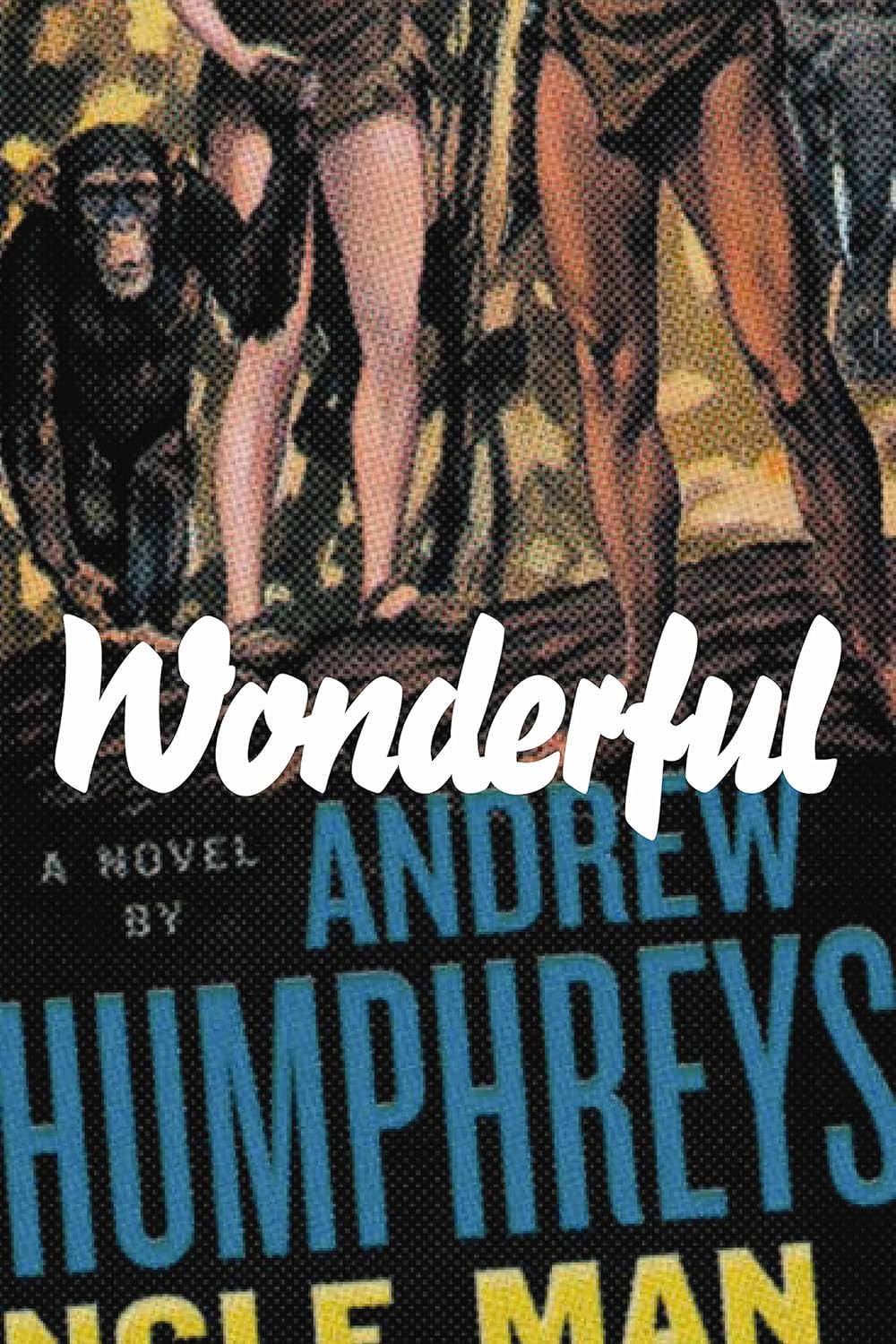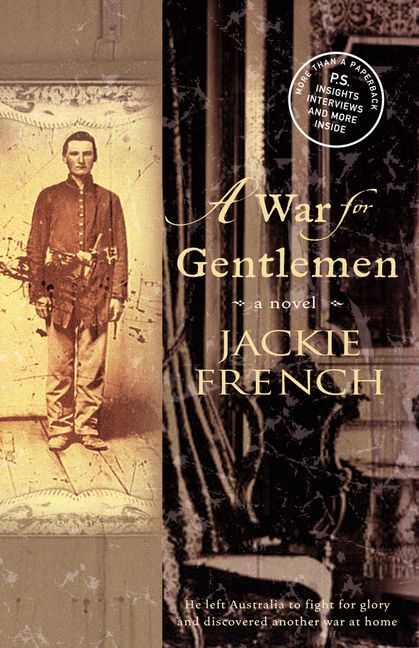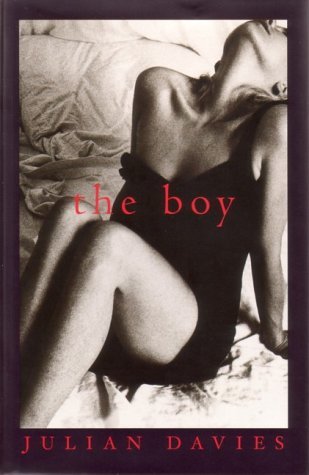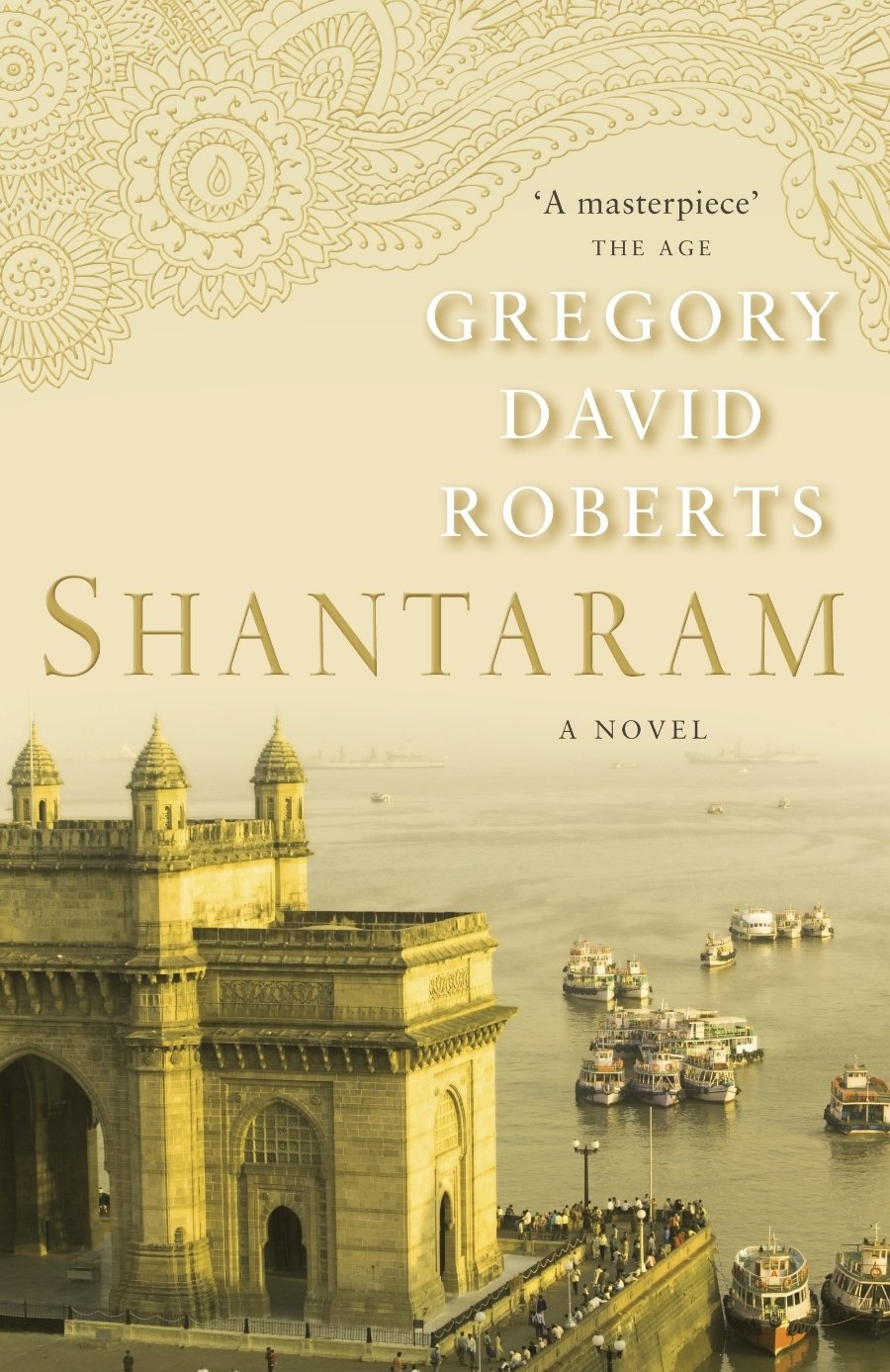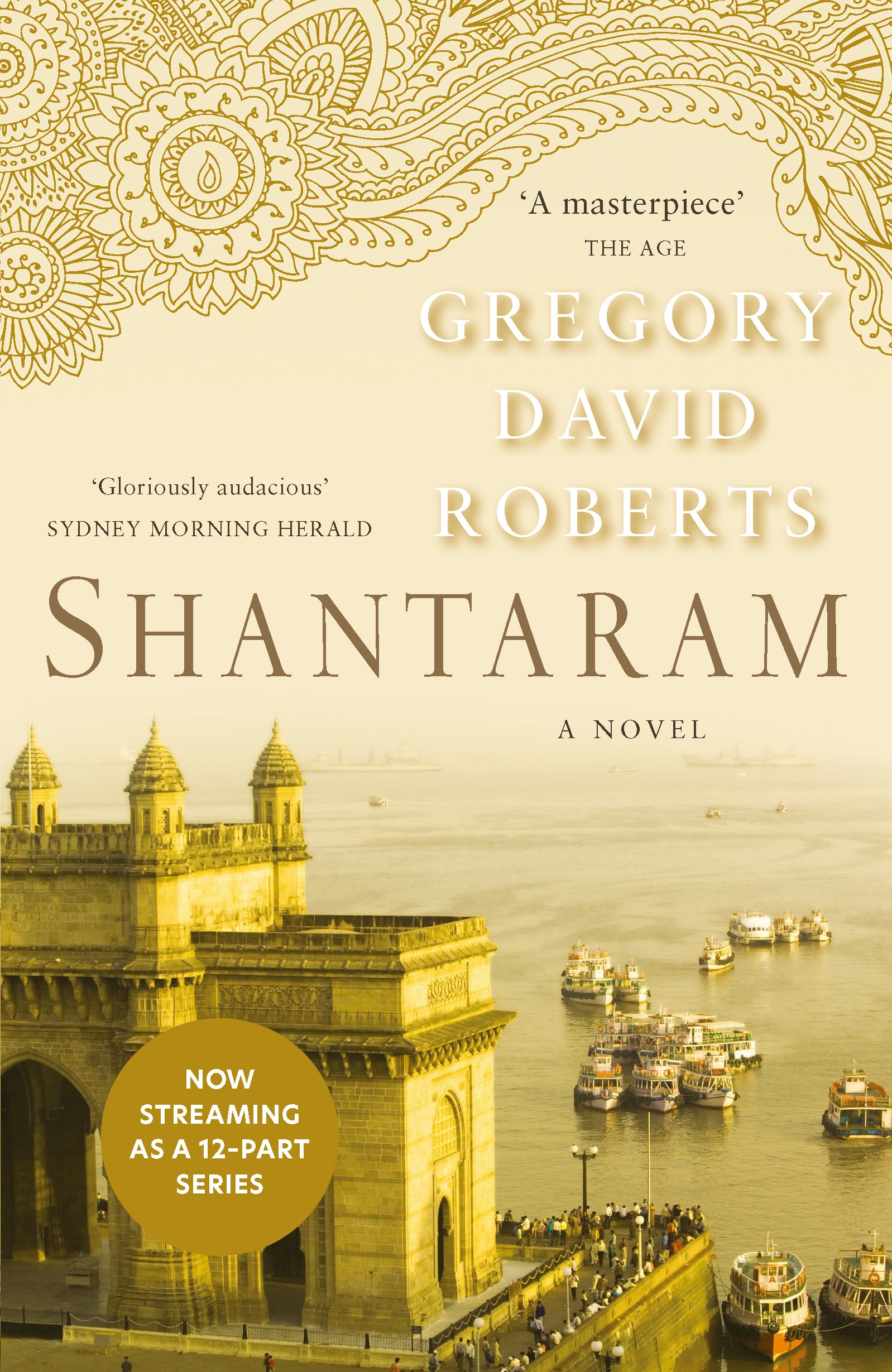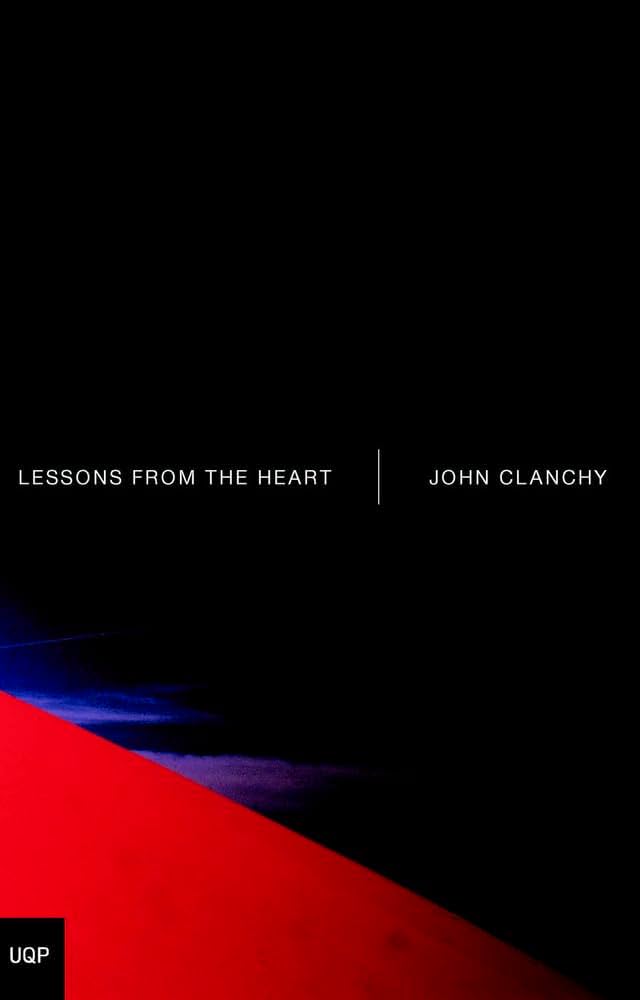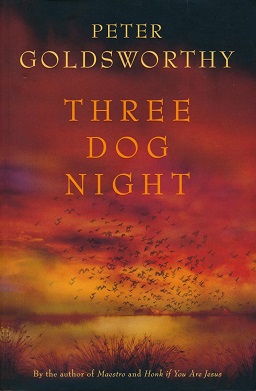Fiction
An author who calls his book Wonderful is asking for trouble. He is either very confident or unusually foolhardy. Andrew Humphreys’ second novel has some ‘wonderful’ things in it, but it is ultimately too much of a good thing: it is too long, and tries to cover too much ground. I know nothing of his first novel (The Weight of the Sun, 2001), but one thing that strikes this reader is that few Australian novels betray as little of their author’s country of origin as this does. Wonderful could as easily have been written in California or Hungary, to choose two of the novel’s locations. This seems to me to be a matter for praise; there is no reason why Australian novelists should be doggedly bent on explaining their country to their readers. In a grown-up country, authors, like filmmakers and artists, should locate their work and their themes wherever inclination leads them. Nationalism is one of art’s corsets.
... (read more)At one point in A War for Gentlemen, a school-teacher is reading Uncle Tom’s Cabin to her class in rural New South Wales in 1872. Seven-year-old Annie Fitzhenry excitedly announces that her father had fought for the North during the US Civil War. When the teacher subsequently visits Annie’s home, both she and the child are abruptly undeceived. Charles Fitzhenry is indeed a veteran of that war, but had served in the Confederate army.
Harriet Beecher Slowe forcefully argued that the disintegration of the families of slaves was perhaps the most pernicious aspect of slavery. In French’s novel, it is racial prejudice that separates parents, children and siblings – tragically, because entirely unnecessarily.
... (read more)‘The fucken oozing nakedness, the despair of being such a vulnerable egg-sac of a critter, like, a so-called human being, just sickens me sometimes, especially right now. The Human Condition Mom calls it. Watch out for that fucker.’
The speaker of these lines, fifteen-year-old Vernon Little, is a literary descendant of Huckleberry Finn.
... (read more)The heroine of Julian Davies’s fifth novel, The Boy, which is set in New York in 1956, is a nightclub singer originally from Australia. The boy of the title, almost half her age, is Zimzam Taylor. They are both outsiders. Marian’s life in New York is a kind of exile, in which she is closest to those she has left behind, such as her painter-husband André and her insistent, disapproving aunt Flavia, whom she left behind on the estate outside Canberra in order to sing in wartime London. Zimzam, as she learns when she picks him up and takes him back to her hotel, is an orphan whose family died in a fire. Now he is a creature of the city:
... (read more)One of the hardest things a reviewer can be asked to do is to produce copy about a book that is so beautifully done that commentary on it seems both ridiculous and vaguely offensive. That is my predicament here. It is with a certain wry delight that I can report that this is the second time I have been in this position in recent months. The other book was a first novel, too. It is tremendously heartening to know that creative writing not merely good but of the highest order is being produced in these dismal times.
... (read more)Elliot Perlman made a bit of a splash a few years ago with Three Dollars (1998). Parts of the novel were underfictionalised in the most blatant way, parts of it seemed to represent nothing more than the fervencies of what Perlman thought (most of it staunch stuff agin globalisation), but it seemed undeniable that the life and times of these south suburban Melburnian wine and cheesers represented, in Australian terms, a piece of subject matter worth biting off.
It was a bit ridiculous that a book of fiction of rather manifestly modest literary ambitions should be published as the crême de la crême of literary fiction and then pretty much accepted as such. Perlman’s new book confounds the pretension and makes it well and truly the author’s own by purloining the title of one of the twentieth century’s greatest works of literary criticism and adding insult to injury by calling the protagonist’s dog Empson. One of the only times I have been cut by the The Age on the basis of something other than length was when I wrote about William Empson’s Seven Types of Ambiguity (1930) – because of the obvious topicality, given the barbarous appropriation – and concluded: ‘So in future, Elliot Perlman, call your dogs something else.’ But then, we live at a time when the latest wannabe fiction is more likely to command reverence than the work of a notable critic and poet. Not the least paradox, though, is that Perlman would be likely to agree.
... (read more)One of the hardest things a reviewer can be asked to do is to produce copy about a book that is so beautifully done that commentary on it seems both ridiculous and vaguely offensive. That is my predicament here. It is with a certain wry delight that I can report that this is the second time I have been in this position in recent months. The other book was a first novel, too. It is tremendously heartening to know that creative writing not merely good but of the highest order is being produced in these dismal times.
Shantaram is based on the life of its author, Gregory David Roberts. A heroin addict, Roberts was sentenced in 1978 to nineteen years’ imprisonment as punishment for a series of robberies of building society branches, credit unions and shops. In 1980 he escaped from Victoria’s maximum-security prison, thereby becoming one of Australia’s most wanted men for what turned out to be the next ten years.
... (read more)John Clancy does a number of curious things in his new novel. One of them is to put Patrick White’s Voss into the hands of his heroine. Laura is in Year 12. Her teacher, Miss Temple, happens to find a copy of Voss when they are together on a school excursion to Alice Springs. Laura immediately warms to the book. She is a remarkable young woman, sensitive and resourceful. Destined to study medicine, she has literary gifts as well. People offer her jobs at places where others her age are queuing for work. One of her reasons for going on the school excursion, where she helps supervise a group of Year 7 and 8 children, is that she is recovering from the termination of her relationship with Patrick, her slightly older beau.
... (read more)It is difficult for non-Aboriginal novelists to deal adequately with Aboriginal experience in their work. There are many reasons for this, not the least of which is general ignorance about Aboriginal experience. But another, more insidious, reason is self-censorship. The politics of speaking in an Aboriginal voice, if you’re not Aboriginal, is at best fraught and at worst a nightmare. Thinking twice before embarking on such an ‘adventure’ is no bad thing, a counter-balance, perhaps, to the days when it was all too easy to usurp an indigenous point of view, days of racist triumphalism or paternalist do-goodism.
... (read more)Adib Khan’s fourth novel mirrors many of the concerns of his second, Solitude of Illusions (1997). Like Khalid in that novel, Martin Godwin in Homecoming looks back over a life that could have been better lived and a moral trajectory that has long since been deflected by one key event. Martin reflects on what could have been different and is tortured by what he sees as his own hypocrisy and cowardice. These attitudes to the past have repercussions for the future as his relationship with his son, again like Khalid’s, is characterised by guilt and misunderstanding. More broadly – and this is a feature of all Khan’s novels – there is a crucial disconnection between the older generation’s way of doing things and the ways of the next. This structure of present guilt and past actions (and inaction) results in novels that shuttle, sometimes a little awkwardly, between flashbacks and the present.
... (read more)

